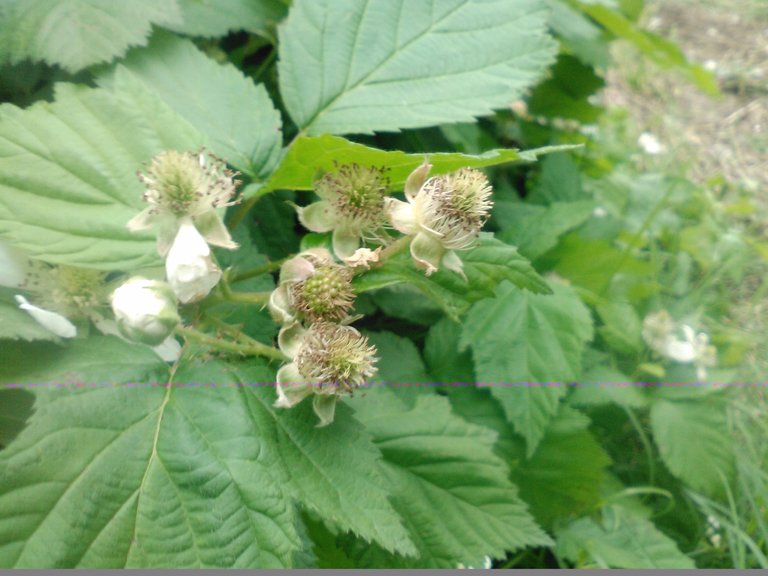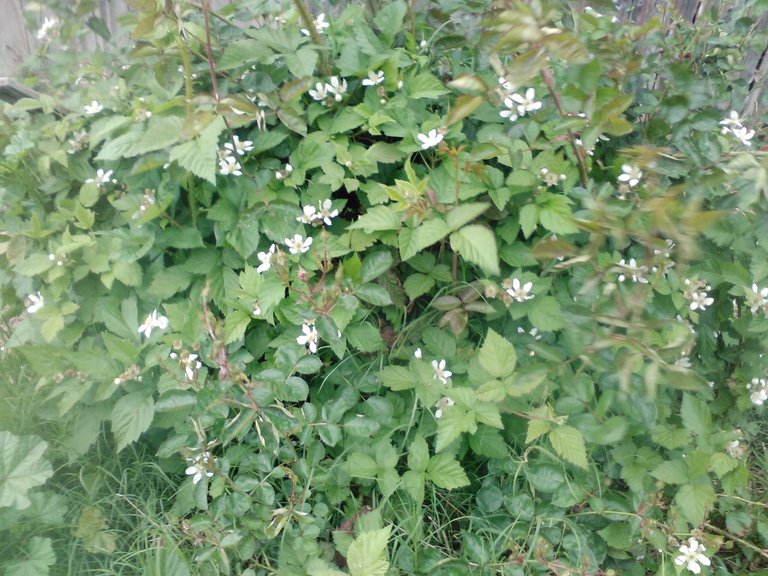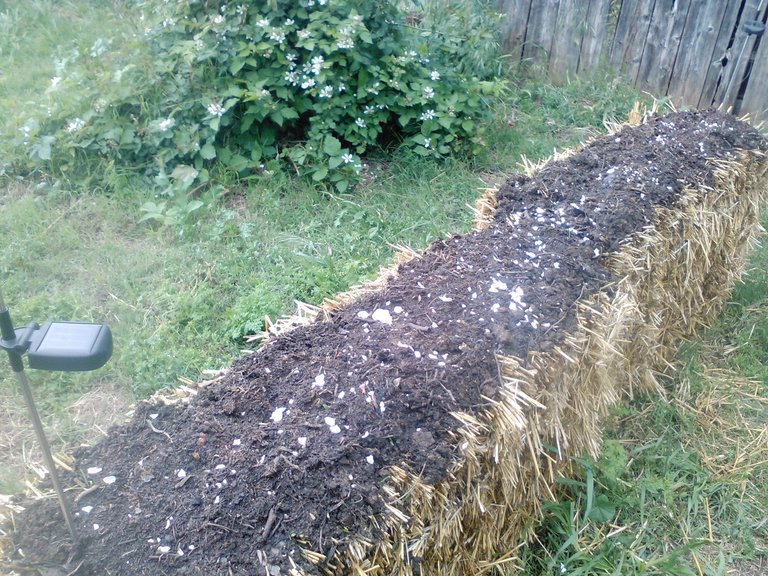With things warming up and sporadic rain storms, things have been coming along quite well thus far. The berry brambles are all a flower and popping with green berries.


Progress of the straw bales has involved loading them with organic fertilizer, covering the tops with compost, and yesterday I seeded and planted, and sprinkled crunched up egg shells as a deterrent to snails and slugs (which went apeshit eating my seedlings, hence me seeding everything with exception of a lone tomato)

Aside from the tomato, I planted (all from seed) okra, bush beans, crookneck squash, peppers and cucumbers.

The area that contained the compost pile has been reassigned: now that it's deep and loamy from worms and composting, radishes and carrots were sown there; radishes mature way faster than carrots, so it's a bonus use of suitable ground. Maybe when the carrots are done, I'll plant some beets or turnips.

Every year, we're moving the compost pile so that the ground underneath attracts beneficial attention from worms to help till the earth for us and improve soil in that area. The area we're focusing on this year is hard clay mixed with pebbles. It needs all the help it can get.
To top it off, the Owari Satsuma mandarin is thriving with new growth and sooooo many flower buds that one can smell them without them even blossoming! Sad news is that any set fruit will be thinned down considerably, to give the tree an opportunity to have a season where most energy is dedicated to establishing its root system rather than fruit production. Next year we'll remove the tomato cage since it'll be larger and less likely to incur serious damage from an over-eager black lab's tail.

Upvoted by @gardening-trail
Thank you for following and upvoting @gardening-trail
Read our guidelines here. Join us In the Gardening-Trail and let's discuss Gardening Related Topics
That's a good idea to move your compost pile around the yard to build up the soil from place to place. You'll get some good radishes and carrots from that spot! Good luck to that tiny little tomato plant, too! : )
Any advice on starting a compost pile? I tried one last year with little success. I'd really like to get one going properly to dispose of our kitchen and garden scraps, and I know areas of our soil could really use the help.
I just followed you -- looking forward to more gardening posts. :-)
You need a pile of about 3ft square; and the basic idea is to find a balance of carbon and nitrogen to break each other down into soil. Fallen leaves work especially well-- that's what my last year's compost was made primarily from in addition to lawn clippings (let them dry in the sun a bit before adding) and kitchen waste. If you have hens, then their used bedding with manure should feed the compost pile, too. Highly recommend the website forums at Permies.com -- lots of folk discussing what works/doesn't work for them. Here's a bookmarked thread on how to get a pile going (balance of carbon and nitrogen to get the bacteria going) https://permies.com/t/18557/twigs-fast-composting
Coffee grounds are high in nitrogen. Worms LOVE coffee grounds. If you have a Starbucks nearby, they often have a bucket near the door with bags of used coffee grounds just so gardeners can make the most of their waste. Best thing is that the used grounds are free. If you layer yard waste and kitchen waste in an area and leave it, odds are that it'll attract worms. And they will do most of the composting for you, if your pile doesn't heat up enough to compost via bacteria. Vermicompsting (using red wiggler worms) is another way to change waste into garden gold. http://www.motherearthnews.com/organic-gardening/guide-to-vermicomposting-zmaz83jazshe
Here's a post I wrote about soil building. https://steemit.com/gardening/@mandireiserra/backyard-homesteading-adventures-soil-building-and-health
Thanks for following!
Avoid anything with fats. Get some worms at a bait shop. Those little guys can process a lot of organic material.